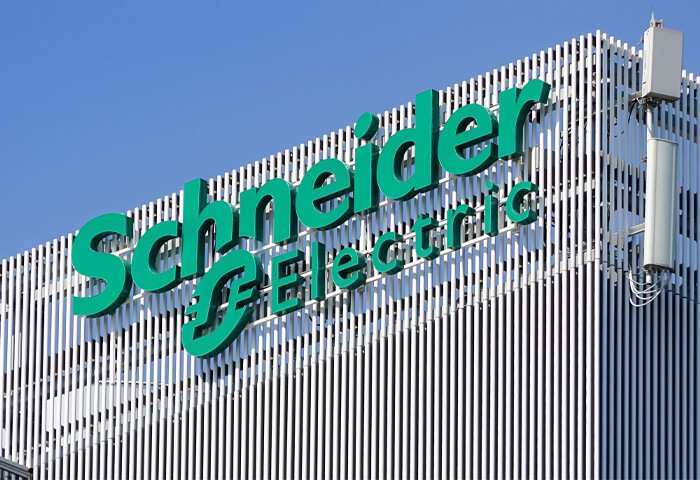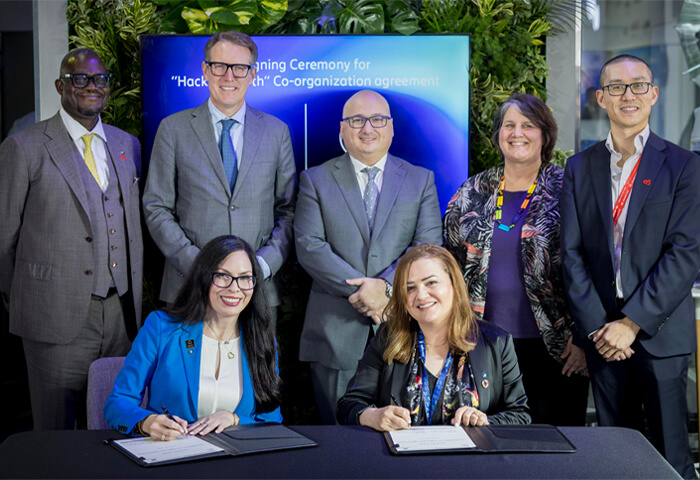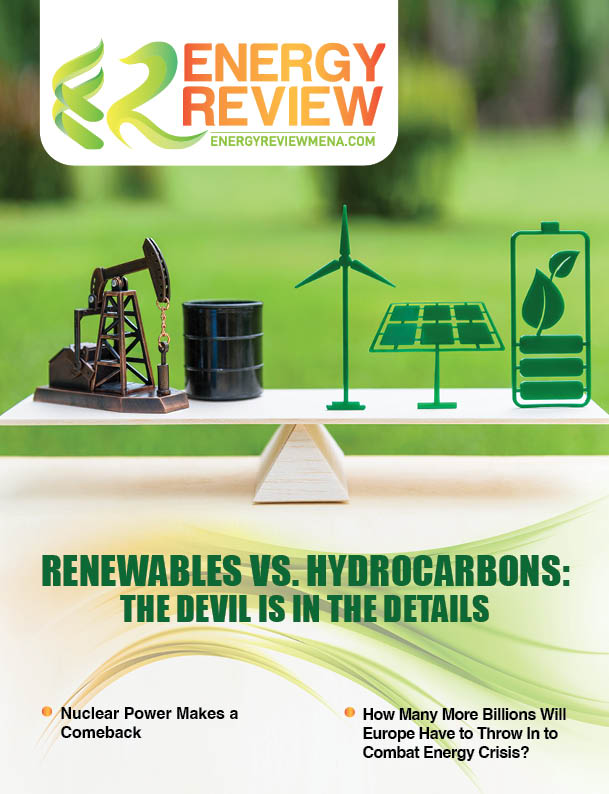Written by: Sophie Borgne, Senior Vice President of Digital Plant Business
It’s clearer than ever that we need to be a part of the solution to the climate change emergency. Since Industry uses about one third of all energy consumed in the world, we have a big role in reducing global emissions now and into the future. As our CEO and Chairman Jean Pascal Tricoire said at the World Economic Forum in Davos, we have the technology and the means to do it, we just need to work together to achieve it.
Corporate sustainability makes good business sense. Environmental sustainability improves operational performance, attracts revenue from socially conscious consumers, investment from socially conscious investors and can even generate new sources of revenue from selling waste and surplus energy produced by the plant.
I’d even say that we’re transitioning to a sustainable digital global economy. Recently the world’s largest fund manager BlackRock and the European Investment Bank both announced changes to their investment approaches regarding fossil fuels. In the near future we also expect to see global rating systems that will measure not only energy use, but also carbon dioxide emissions, plastics use or equitable labor sourcing. Consumers will use these ratings as a factor in making product or investment decisions.
In other words, sustainable companies will be rewarded while unsustainable companies will be left behind.
How can Industry work together to meet these goals while ensuring long-term business viability in this new green economy?
Sustainability goes beyond the plant’s walls. Industrial enterprises will be judged by the ecological and environmental footprint of their entire value chain. For example, the energy usage and waste produced by suppliers will form part of an industrial company’s overall carbon footprint.
With this in mind, we see three key ways that Industry can become more sustainable overall:
- Efficient production
- Green product
- Social commitment
Efficient production is a no-brainer for profitability and sustainability
Digital technology available today can help companies meet emissions reductions targets by making more efficient use of energy, raw materials and therefore to produce with less waste.
- Smart connected technology provides the data streams required to analyze and optimize performance
- In the cloud, analytics and machine learning can work together to reduce CO2 emissions while improving manufacturing quality and profitability
One of the largest building materials manufacturers in the world Saint-Gobain set a goal to cut carbon emissions by 20% by 2025. With plants running 24/7, optimizing energy usage with cloud-based enterprise software was key. As a result, not only have they increased efficiency, they’ve made millions of dollars of savings over the last ten years.
Green products attract customers which leads to long term sustainability and profitability
As more environmentally conscious consumers take steps to minimize their own impact, they’re buying more products which are environmentally responsible across their entire lifecycle. For example, products designed and manufactured with the five Rs of the circular economy in mind:
- Repair
- Reuse
- Refurbish
- Remanufacture
- Recycle
Building this approach into design practices and the manufacturing system is key. Digitization makes it easy to securely access the data points and tools required to help companies manage their carbon footprint through:
- End-to-end traceability across the product lifecycle from raw materials to manufacturing and eventually to recycling.
- Optimized production and energy trading during the manufacturing phase.
Social commitment is an in important step for companies in meeting their sustainability goals
An important part of environmental sustainability is making a public commitment to reduce emissions and slow climate change. We’re already seeing companies set science-based targets for net carbon neutrality, offsetting the carbon footprint of both operations and the supply chain.
Recently Microsoft announced it would put back the emissions it’s responsible for by 2050. Carbon neutral since 2012, the company will step it up by reversing all emissions since the company began, including those from its suppliers, amounting to 16 million metric tons at the time of writing.
Schneider Electric has publicly committed to reaching carbon neutrality by 2025 and engaging with suppliers to achieve net zero supply chain by 2050. Our sustainability actions are measured through the Schneider Sustainability Impact (SSI).
In manufacturing we’ve just been recognized at the World Economic Forum in Davos as a Fourth Industrial Revolution Global Lighthouse for one of our Smart Factories, Batam in Indonesia. The Global Lighthouse Network, is an important part of our social commitment because its platform where partners help each other reach sustainability goals by sharing best practices.
It’s only through working together in ways like these to accelerate climate action that we’ll succeed.









